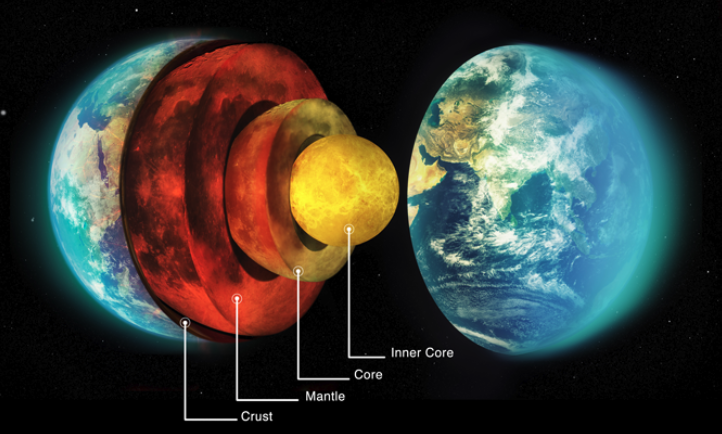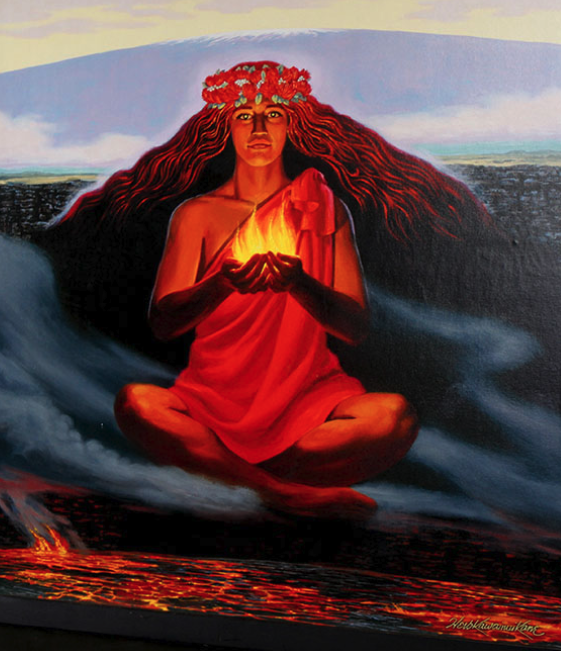Stars, Planets, Minerals and Rocks
A fast plunge through the universe, solar system, planets, rocks and minerals---more or less at the speed of sound. Topics will include the formation of Planet Earth, Time, Fire, and Change, The Underworld, Plate Tectonics, Oceans and Continents, Fossils, Formation of Rocks, Types of Rocks, Identifying Rocks, Crystals, Gems, and Metals, and Minerals and Life.
Geology is the study of the Earth–our home planet. In this block we explore the Earth through time and space. We begin at the beginning, with a speed-of-light journey from the dawn of this space/time/energy/matter continuum to the relatively recent formation our home planet. We study the cycle of star formation and decay, the creation of nebulae and star dust, and the formation of solar systems and planets.
We learn about the inner layers of the Earth, and how they affect the surface of the planet. We study Plate Tectonics, the Ring of Fire, volcanoes, earthquakes, geysers, deep ocean vents, crystals and fossils.
We learn about the cycle of rock formation, and the three primary categories of rock. We are introduced to the Carbon Cycle, and its direct relationship to the Rock Cycle.
We analyze the unique features of different kinds of rock, and the six forms of crystals. We learn to use the Mohs scale for comparing and identifying rocks. We learn to correctly categorize rocks and minerals based on their formation as either igneous, sedimentary or metamorphic.
Finally, we close with a short exploration of the impact that minerals have on nutrition and health.
| Related Study Guides | |
|---|---|

|
Change and Plate Tectonics |

|
CrystalsCrystals are the outer form of a mineral's inner order. Nearly every piece of rock on Earth is made of minerals, each of which has a precise arrangement of atoms. |

|
Deep Ocean Vents |

|
Experiment: Growing Salt CrystalsCreate a supersaturated solution. As the solution becomes unstable, salt crystals will form. |

|
Fire and the EarthVolcanoes have existed for a long time on Earth, and they deserve our greatest respect. They may have caused major planetary disasters, such as the Permian Mass Extinction about 250 million years ago, which may have been the greatest mass extinction on Earth. |

|
Formation of Planet EarthOur Milky Way galaxy came together nearly 14 billion years ago when enormous clouds of gas and dust coalesced under the force of gravity. Over time, two structures emerged: first, a vast spherical “halo,” and later, a dense, bright disk. Billions of years after that, our own solar system spun into being inside this disk, so that when we look out at night, we see the Milky Way. |

|
Fossils |

|
Identifying RocksTo identify a rock, think like a geologist and examine its physical characteristics for clues. |

|
Layers of Planet EarthThe Earth is made of many layers. We live on the outer layer, a thin layer of rock and water floating on an ocean of molten rocks and metals. |

|
Minerals and LifeWe are a part of the Earth, a piece of the whole. Just as our terrestrial planet is made of specific minerals, we are made of the same minerals. Our bodies need many essential minerals to remain healthy. A well-balanced diet can provide all the minerals we need. |

|
Pele: Goddess of FirePele, the Hawaiian Goddess of Fire---like the volcanos she represents---deserves our greatest respect. Hew beauty is awe-inspiring, her moods fiery, and her fury immense. |

|
Types of Rocks |




